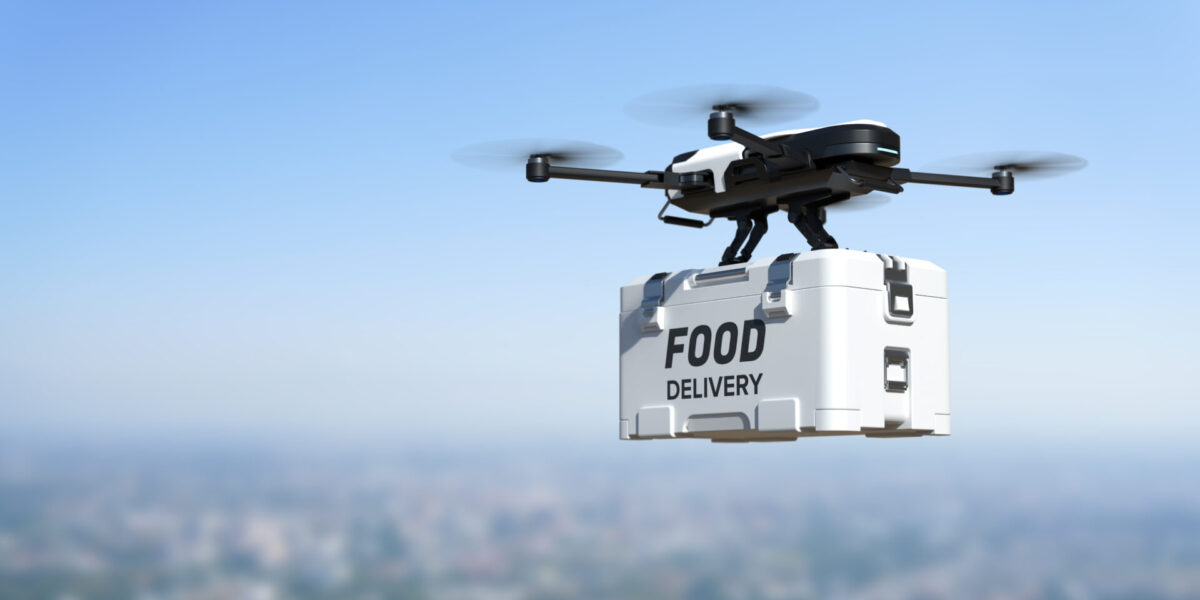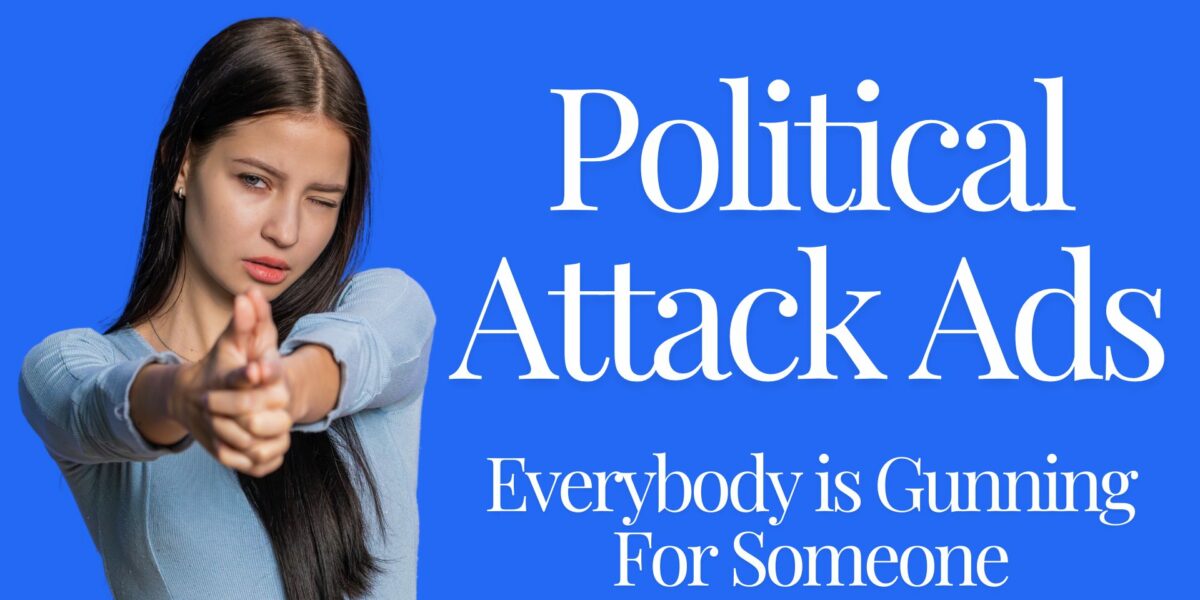Elon Musk and Mark Zuckerberg are modern media moguls— make that social media moguls.
Zuckerberg is more of a true social media mogul, whereas Musk is probably more of a tech, space, solar energy, tunnel-drilling, electric car and social media mogul.
Musk owns one social media platform — Twitter. Zuckerberg’s Meta organization controls Facebook, Instagram, WhatsApp and the new “Twitter-like” Threads. According to Social Shepard, Twitter has about 450 million active users.
Facebook has 2.9 billion active users, Instagram has 1.6 billion and WhatsApp has approximately 2.7 billion, reports Statista. Meta’s Threads, which launched July 5, 2023, has almost 200 million users as of this writing. That makes Zuck visible to almost eight billion eyeballs.
Although Zuckerberg has a universe more of people on his platforms, Musk seems to have more influence and can make a much bigger splash in the U.S. Part of that is personality, which Musk has in abundance. Zuck, on the other hand, must have skipped that class at billionaire school — unless pouting could be considered a personality trait.
Musk is known for his outrageous off-the-cuff Tweets and comments. Zuck tends to have his PR pros craft his messages. The press loves to report on both, but Musk usually serves up the juiciest stories.
TOO MANY PLATFORMS?
Are there too many media platforms? As marketers, there are two ways we can look at it. When there are just a few media platforms, our choices are limited and we little control over the cost of paid media. When we have many media platforms, it’s hard to get a majority of the target audience we want on one platform.
ARE THE COST EFFECTIVE?
To put things in perspective, look back to 40 years ago, when there was no social media. TV was the most popular form of media for both entertainment and information. There were only three major networks in the U.S. (ABC, NBC and CBS). The most watched episode ever on TV was finale of the ‘M-A-S-H’ TV show that aired in 1983 on CBS.
That final episode drew 106 million viewers, or roughly 60% of American households. To clarify, that’s not 106 million views over a period of days or weeks. The M-A-S-H finale was seen by 106 million people watching it at the same time.
The cost of advertising on that episode was $450,000 for a 30-second spot or $1.4 million in today’s dollars. There are not many businesses who could afford that type of ad buy.
Today, we have sort of the opposite issue. We have lots and lots of media choices. Besides the national and global news organizations, and the major TV networks of ABC, NBC, CBS and Fox, Flixed.io lists more than 200+ streaming services available to you. Add to that the nine top social media platforms in the U.S. (as reported by Dreamgrown):
- Facebook – 2.74 billion Active Users
- YouTube – 2.29 billion Active Users
- WhatsApp – 2.0 billion Active Users
- Facebook Messenger – 1.3 Billion Active Users
- Instagram – 1.221 Billion Active Users
- WeChat – 1.213 billion Active Users
- TikTok – 689 million Active Users
- Pinterest – 442 million Active Users
- Reddit – 430 million Active Users
To that list, add your local newspapers, business publications and newsletters. As you can seem, the media choices can be overwhelming.
WHERE DO YOU START?
How can you determine which media to use for your marketing? Cost is only one factor. The most important facts to know are the facts that describe your best customers and prospects. You MUST determine what your customers want most.
What pain they have that needs relieved. Which pain is not being relieved by your competitors — or not being relieved well enough. Do you have a solution that works better or cost less? How prospects with that pain are in your local market? Regional market? Then research the social and paid media to determine which can deliver those prospects to you most cost-effectively.
IGNORE MUSK AND ZUCK
Yesterday it was the TV networks, today its social media. Popular media is going to keep changing. Let Musk and Zuck entertain you. But place your marketing in the media that supplies the right prospects and the right price.
##













Comment